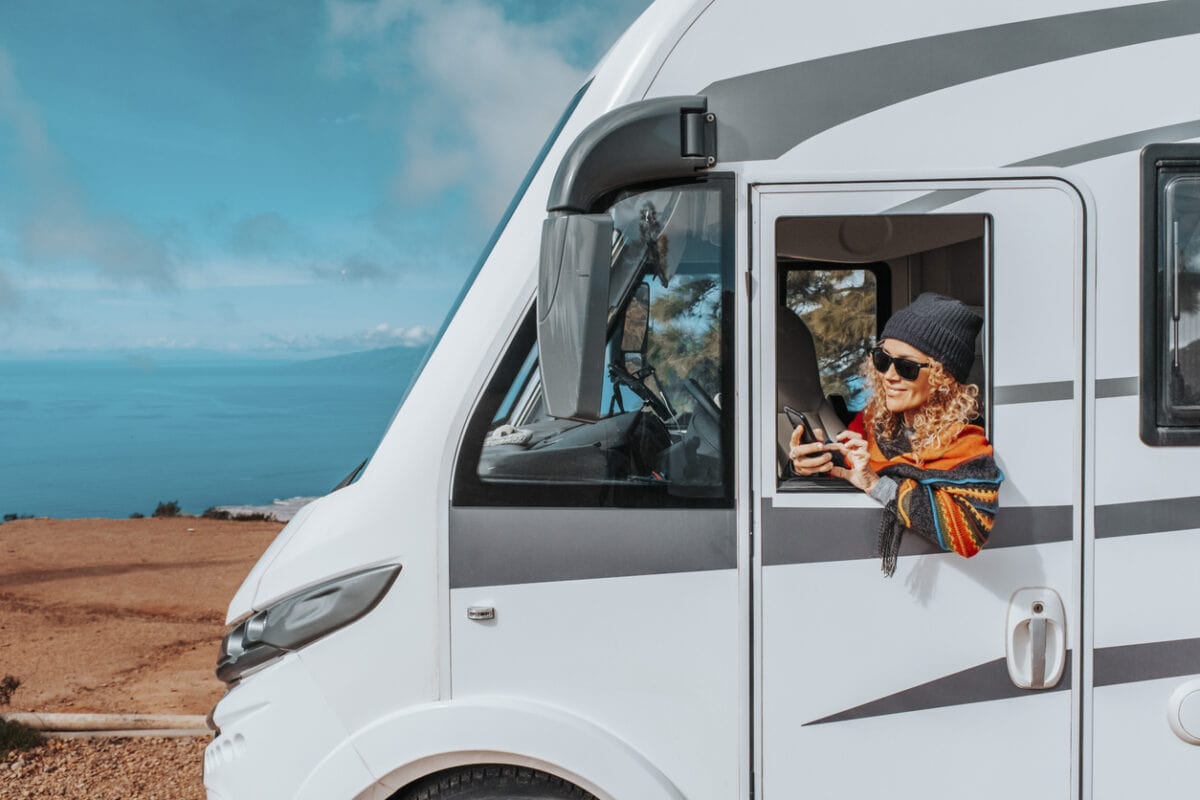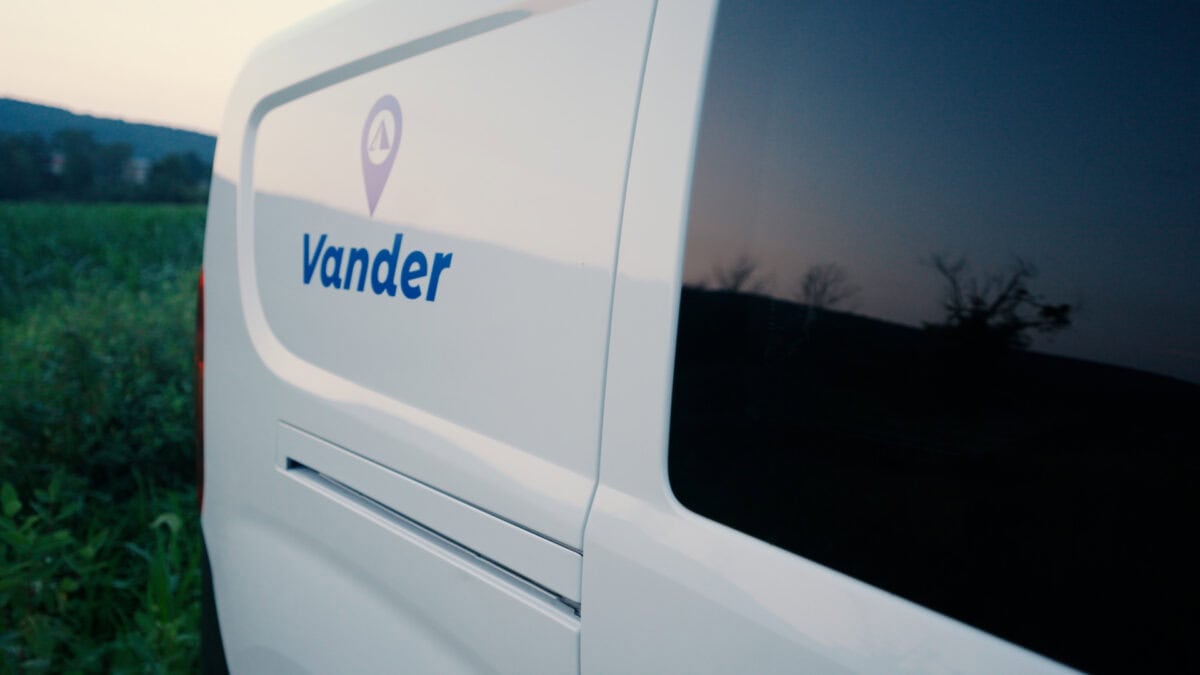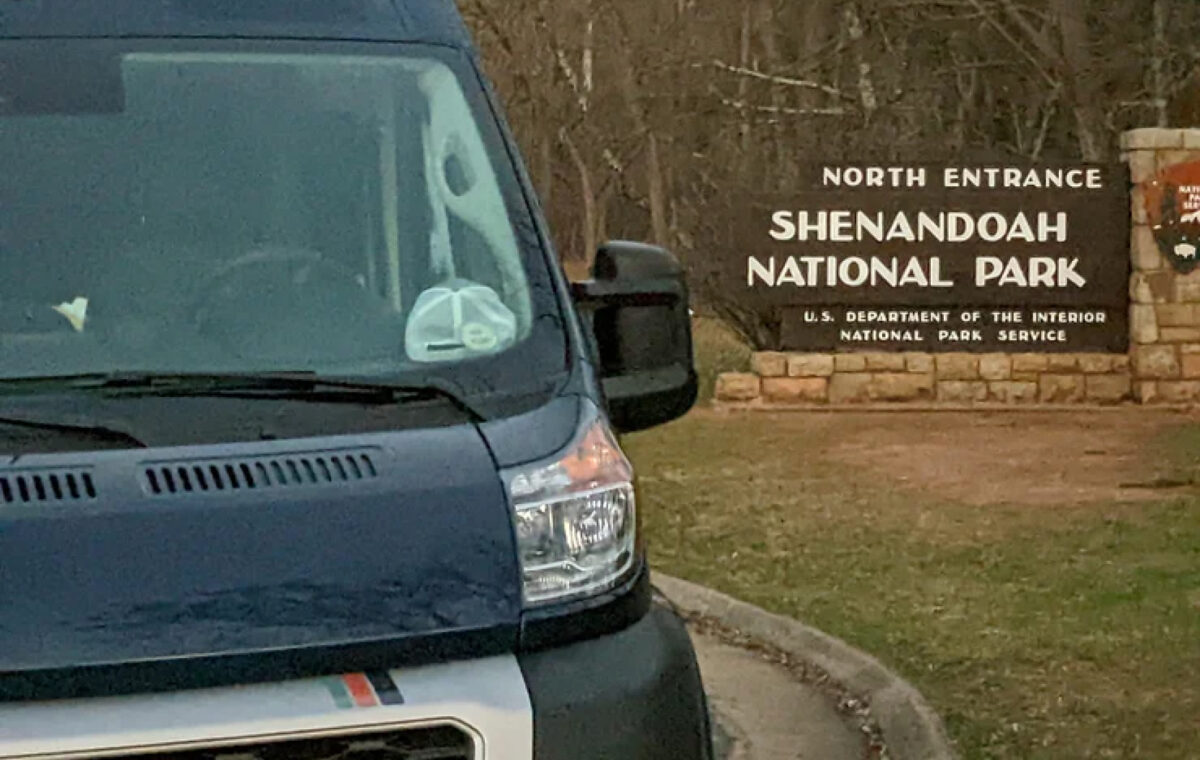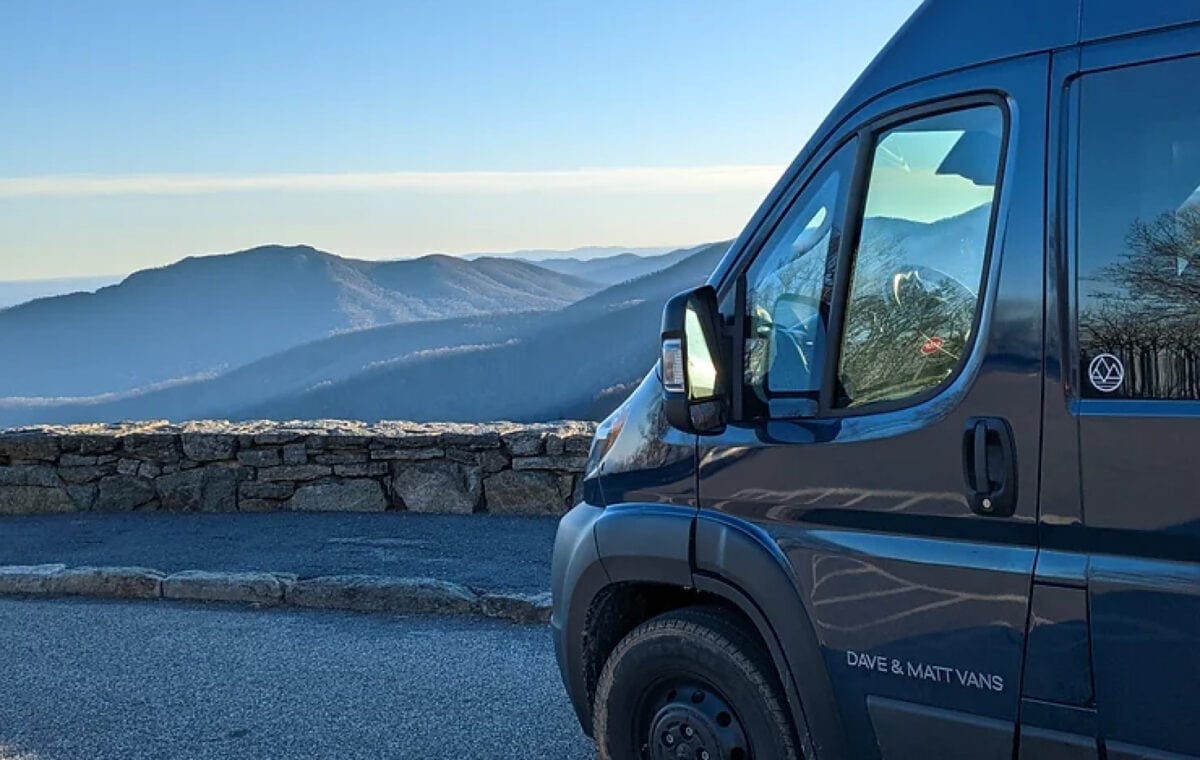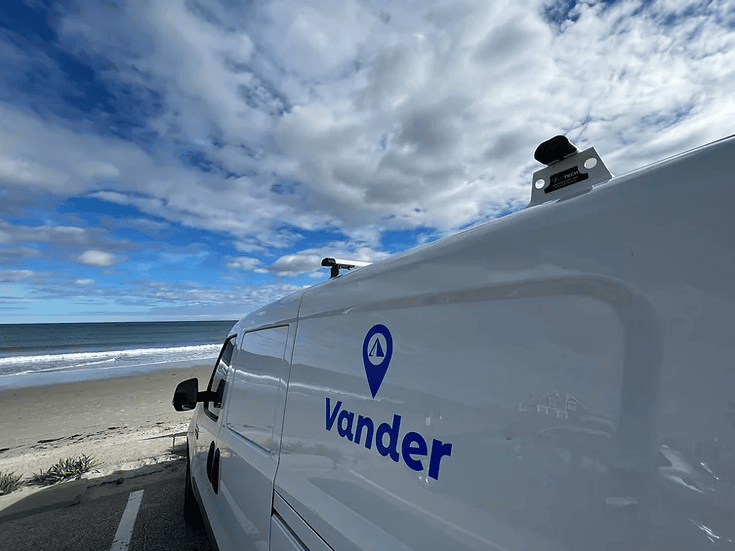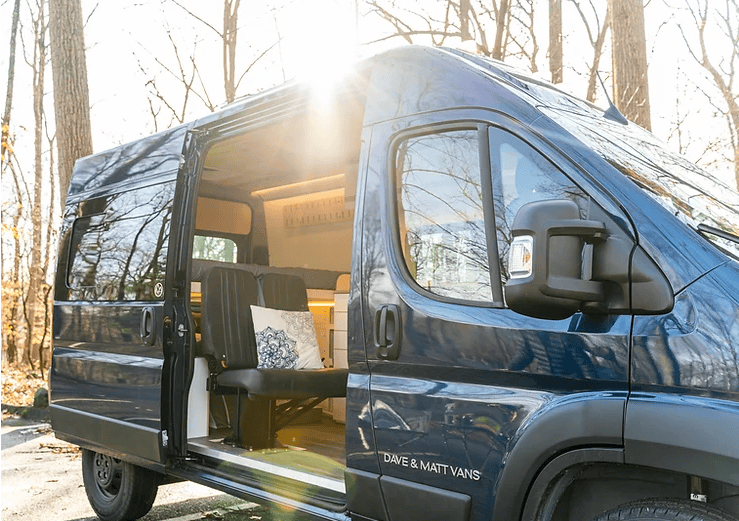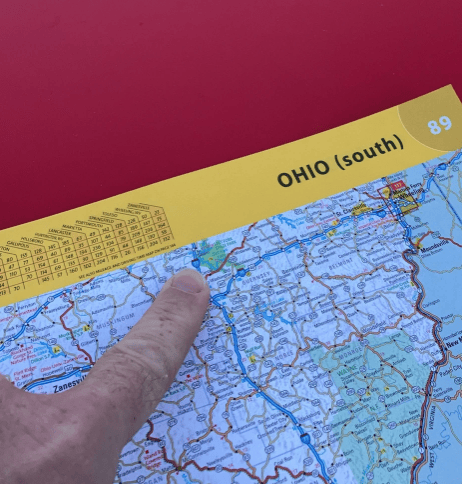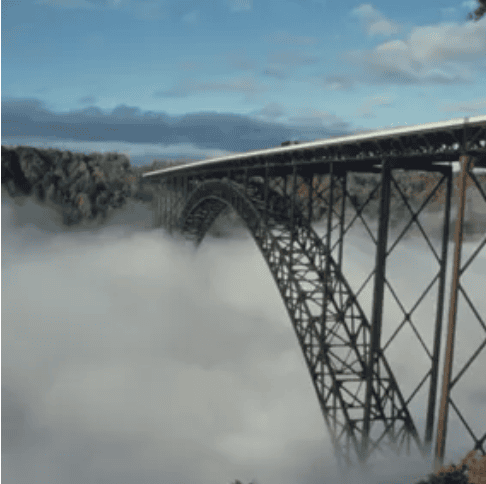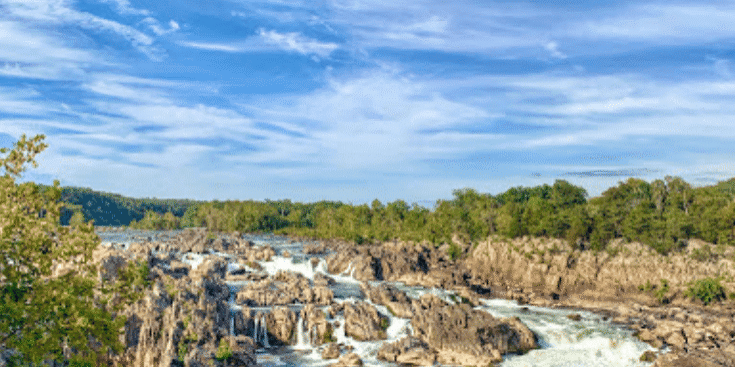
Read Our Blog
Browse Our Resources
All
- All
- Guide
- Trip Ideas
Beginner’s Guide to Renting a Campervan
How Much Does It Cost to Rent a Campervan in Washington DC?
Trip Ideas: Shenandoah National Park
Strategies for Beating the Heat in a Compact Campervan
Guide: Strategies for Beating the Heat in a Compact Campervan
Owning versus Renting a Campervan
Trip Ideas: Explore the Southeast U.S. on a Road Trip Through Florida, Georgia, and South Carolina
Trip Ideas: A, O, Way to Go Ohio….
Trip Ideas: New River Gorge-ous!
Partner Blogs
Check out our local partners for great information and excellent travel tips to help inspire your travel itinerary!
Reservation Process
Reservation
After checking out all of this great information, are you ready to make your own unforgettable life memories? The open road awaits, but it is also not going anywhere. No rush, you can let your ideas grow and develop, come back whenever you are ready to hit the road! You can sign up for our newsletter if you want to stay up to date on the latest happenings and offers. On the other hand, if you are ready now to make it happen, hit the button below!


